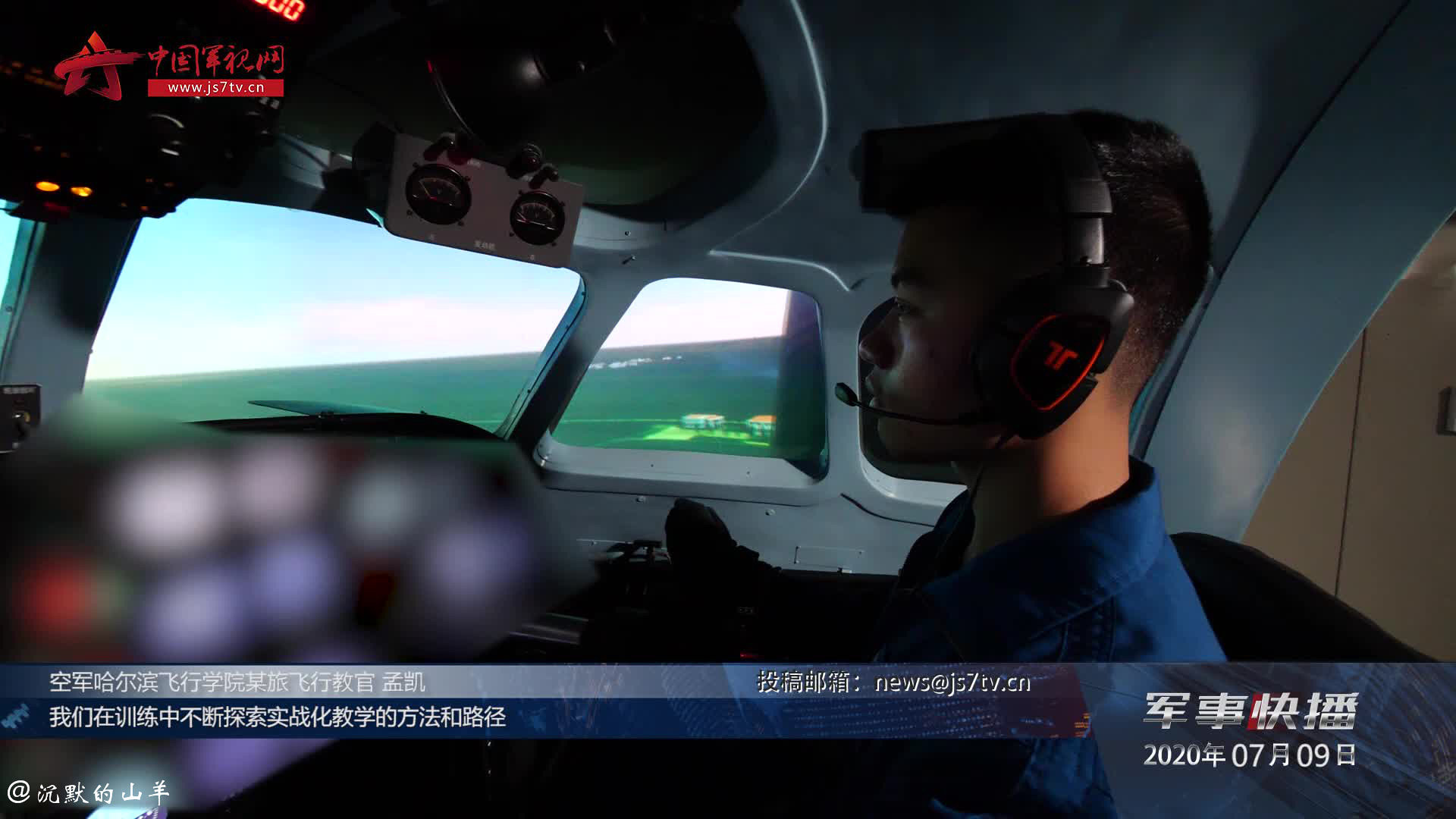It really depends on how fast the Chinese CVBG can launch their missiles to intercept these 50 LRASM at the last 30km or so once they enter radar horizon. The stealth design of the LRASM would prevent any OTH targeting, even at the off-chance that they can be detected before (LRASMs could potentially be much stealthier than the F-22).
HQ-16 and HQ-9s need sufficient radar reflection on the LRASM to target them, so this means that only the higher powered FCR directors onboard the ships have any chance to target these vampires when they popping over the horizon and essentially entering visual range.
At 30km, only a short amount of time is left to intercept these missiles, which requires very strong multi-target guidance and high launch rate (as it is usual to launch 2 interceptors per target), with no guarantee of interception due to terminal phase evasion maneuvers of the LRASMs. Even a few hits against the carrier or against escort ships will cause significant damage and might even mission kill the vessels, making them vulnerable to follow on attacks. And we havent even included the presence of forward deployed F-35s using their radars to jam the CVBG's radars, which would make detecting, targeting and intercepting these LRASMs even harder.
LRASMs and other stealth missiles indeed pose a grave danger to the PLAN in the absence of fleet early warning aircrafts equipped with counter-stealth radars and ARH SAM that can be CEC'ed by counter-stealth early warning aircrafts to target these stealthy missiles at OTH range.
A notional Chinese stealth bomber equipped with a large amount of stealth missiles would definitely be the hard-counter against any US Navy intervention alongside the ASBM. Imagine a few H-20s carrying dozens of stealthified YJ-18s: Their stealth design prevents early detection, degrates OTH targeting even in the presence of the E-2Ds, while their terminal stage rocket boosted penetrator would remove the LRASM's only real drawback - its slow speed and vulnerability at visual range/terminal stage - by boosting the missile to Mach 3+, leaving literally no time for the defenders to intercept.
If 50 LRASM could potentially cripple a Chinese CVBG, A H-20 with 20 or so stealth YJ-18 could do the same to a US CVBG.




